We found another "gem" in New York at Green Lakes....clear waters with an emerald green hue. The two adjacent glacial lakes each have wide hiking trails around them.
They are both examples of meromictic lakes, which means that there is no mixing of surface and bottom waters. Such lakes have a high potential for evidence of ancient plant and animal life.
Beautiful accessible trails.
Clear deep water. The deepest lake is 195 feet deep.
Tina and Birdie on the trail.
Wild flowers...
She thought she heard a Veery...
Tina was finding creatures in the shapes of trees and roots.
And I was thinking about kayaking these placid lakes.
So the next day, Tina and I did that! Notice we are not using our own kayaks. Due to the sensitive nature of the lakes, no outside boats or paddle boards are allowed. So we rented theirs. They did let us use our own lightweight paddles and pfds.
Birdie decided to go birding again instead of kayaking.
A place to sit along the trail.
Submerged reefs built up over the years from the annual "whiting" events in Green Lake, during which calcium carbonate precipitates out of the lake's waters.
The blue-green color of the water is from dissolved minerals...calcium, sulfur, and magnesium.
This reef build up has occurred over thousands of years.
Underneath the reefs are some extremely rare aquatic mosses and sponges.
I read about all that later. We were just enjoying the beauty and solitude on the water that day.
That bridge passes over a stream that connects the two lakes...not navigable by kayak. Green Lake is the only lake where kayaking is allowed. The smaller lake, Round Lake, is left in its pristine wilderness condition.
These are university students getting some deep water samples for testing.
She found another stump critter.
This large reef is called Deadman's Point.
Deadman's Point as seen from the trail.
Sign at Deadman's Point
Tina was taking some underwater photos of the reef.
A beach has been developed at one end of the lake. It was pretty popular, as you can see.
This was a handy floating kayak launch with grab bars.
The following morning Thistle and I took a hike by ourselves. First we went back to Round Lake.
The lakes are at the base of a deep gorge surrounded by steep hills covered with old growth forests.
We took the steep trail up to see the ancient trees.
Nearly half of the park's 1,955 acres is old growth forest, which includes many very large specimens of tuliptree, sugar maples, beech, basswood, hemlocks, and white cedars.Tuliptree Cathedral
It is well worth a visit to this park just east of Syracuse.







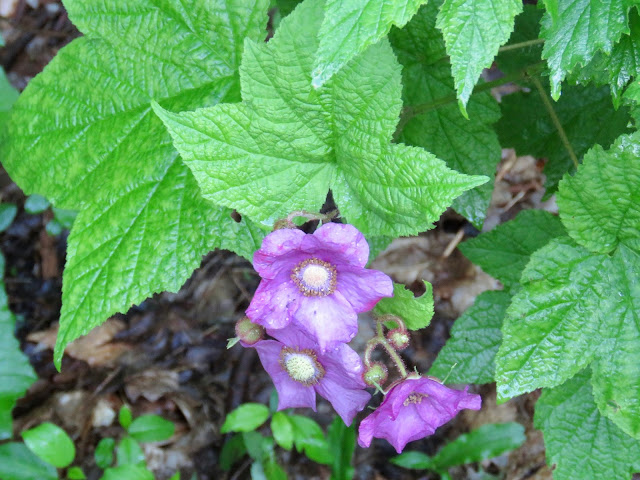












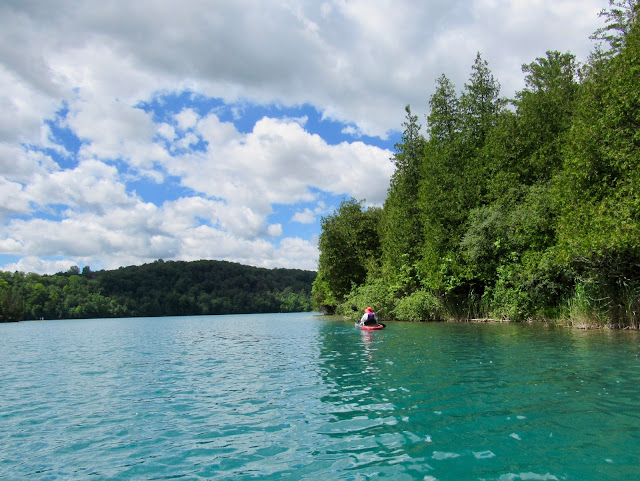
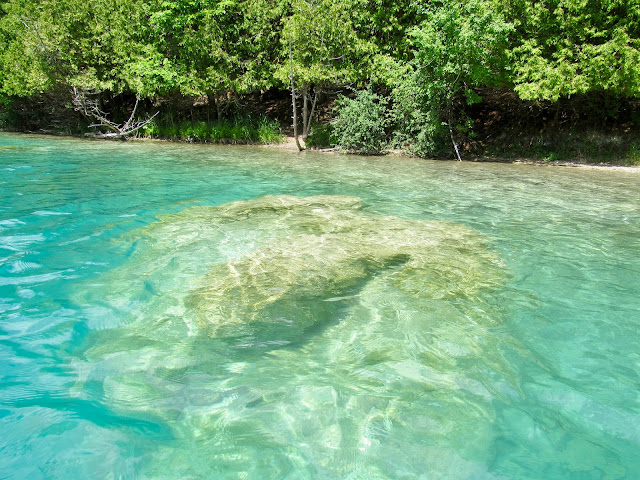




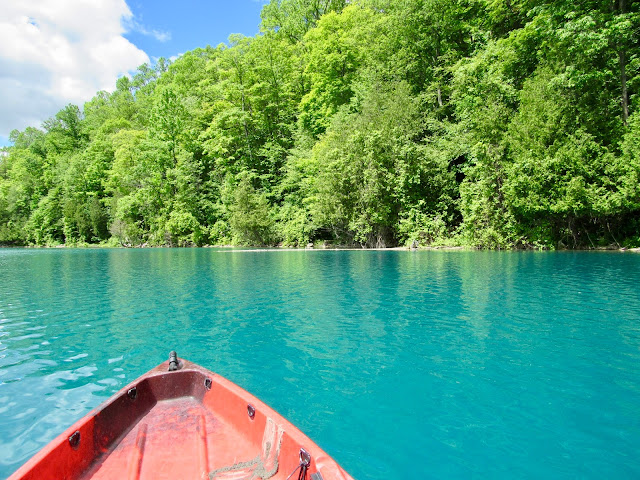


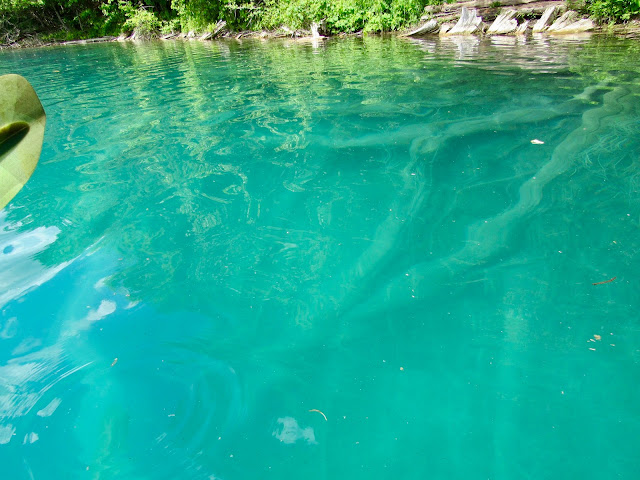























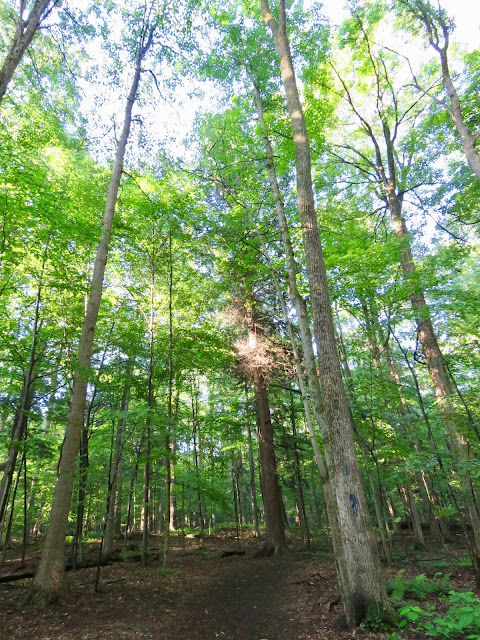



No comments:
Post a Comment